When Innovation Norway decided to embark on their Enterprise Architecture (EA) journey, they identified 3 challenges to resolve. They needed to:
- Build an accurate overview of their applications and integrations so that they could understand the impact of change.
- Communicate the time and effort it takes to reduce technical debt.
- Have a clear overview of who controls ownership of applications.
Most importantly, they wanted an automated data collection solution that would help them to effortlessly maintain a complete, up-to-date overview of their architecture.
Meet Innovation Norway
Innovation Norway is the Norwegian government's most important instrument for nurturing innovation and development for Norwegian businesses, investing billions of Norwegian Kroner in businesses each year. It contributes to sustainable growth and exports for Norwegian businesses through capital and expertise, with representatives in 30 countries worldwide.
The company uses an agile approach, where architects and senior developers work in interdisciplinary product teams. These agile product teams have the autonomy to make decisions, set updates, and take responsibility for their architectures. This brings an overall stronger scalability by empowering the product teams to work with focus and effectiveness.
While Jon Loken is Innovation Norway’s sole dedicated Enterprise Architect, many others in his organization also utilize EA. Working across their teams they’ve accomplished a great deal with Ardoq since April 2018.
Benefits for the IT team:
- Automatically capturing 40% of the architecture
- Freeing up time to spend on profitable projects instead of manually creating documentation models for integrations
- A detailed overview of the integration components
- A comprehensive understanding of the impact of proposed changes
- More accurate project estimations
- "Bridging the gap between business and IT." IT teams at Innovation Norway can now easily explain the complexity of projects and the impact of change on leadership.
Benefits for the whole organization:
- Quick time to value. Innovation Norway finds Ardoq’s iterative and incremental approach to modeling architecture beneficial to generating insights fast. New components and other data such as cost and health score can be easily added as they go when needed.
- Ready-made, up-to-date, and customizable presentations for the management team.
- Displaying a continuous up-to-date overview of their architecture.
- Identified 97 components between APIs and Functions that are connected.
- Consistently accurate overview for decisions and insights through automatic data updates every 24 hours.
They first had to define their challenges and find solutions to gain these benefits.
For more details on their technical approach, read How Innovation Norway Automatically Updates Their Integration Landscape In Ardoq.
Defining the Challenges
Challenge 1: Understanding the Impact of Change
Innovation Norway’s application and integration landscape was a complete mystery to those outside IT. The IT team had been using multiple non-EA tools to model their architecture without much success. None of the tools allowed them to effortlessly maintain an up-to-date architectural landscape that would help them understand the impact of change.
When IT needed to explain the impact of change to leadership, one person manually looked through the code and drew the integrations by hand. This meant that staffing was a great constraint on the number of integrations IT could effectively process and document.
Due to the time and specialized skills needed to research and hand draw applications, the integrations between their many applications remained a ‘black box’ for everyone outside of IT. Leadership couldn’t understand the complexity of a project, the impact of change, and what was driving its costs, making it difficult for them to execute data-driven decisions.
Challenge 2: Communicating Technical Debt Reduction Efforts
As companies grow, so does their technical debt. Innovation Norway needs a proper overview of the components that are adding to their technical debt so they can easily explain to leadership the time and effort it will take to address them.
Specifically, Innovation Norway needs to communicate to leadership the number of integration components that needed updating to the latest version of the .NET framework, a software framework to build applications that run on Windows. Plus, they want to provide accurate timeframes for delivery, estimated costs, and financial consequences if not upgraded. This knowledge would help management make strategic decisions.
“With too much technical debt, it's complex and difficult to find issues.”
- Jon Loken, Enterprise Architect, Innovation Norway
Challenge 3: Issue of Ownership
Every time an employee changed positions in the company, IT ran into an issue of ownership of the applications. When an employee moved to another team or was offboarded, the applications still belonged to their email address. Innovation Norway needed a solution to prevent time-consuming adjustments and staffing changes.
Solving Problems, Saving Time
Armed with explicit knowledge of their challenges, Innovation Norway searched for a tool to help them implement a solution. They chose Ardoq because it gives them full control over their applications, enables impactful decisions, and automates the discovery and modeling of their integrations through the Ardoq REST API.
Saving Time With the Automated Data Collection Solution
Modeling a New Architecture
One of Innovation Norway’s first steps involved getting a complete overview of its application landscape by moving their existing portfolio from Excel to Ardoq.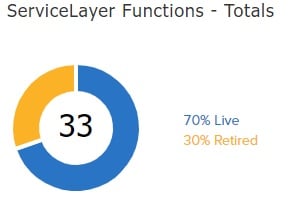
Innovation Norway uses Application Lifecycle Management, Application Integration Management, and Application Rationalization to:
- Gain an overview of their applications and how they are connected
- Understand the impact of change through dependency mapping
- Have a centralized repository with a single source of truth
- Improve governance
- Drive decision-making about their portfolio
- Facilitate business case and impact analysis processes
- Reduce unnecessary renewals
- Establish ownership of applications to model responsibility
- Import Azure AD into Ardoq, ensuring the correct names and email addresses are synced
Staying Up to Date
Next, they combined their in-house development skills with Ardoq’s REST API to:
- Automatically maintain an up-to-date As-Is state. Using their own developed application, ‘Doc Master,’ Innovation Norway fetches new components running in production from their Azure instance and automatically imports them into Ardoq using the Ardoq REST API. This eliminated the time spent on manually modeling applications. They call these automatically imported applications integration components.
- Have a more detailed architecture. Innovation Norway has automated the import of Readme files and relevant Github repository URLs for each integration component to have additional information readily available when exploring the architecture.
Additionally, they use Ardoq Surveys and are testing Broadcasts to canvass key stakeholders across the organization and discover even more new components. Surveys are a fast and easy way to gather application data, while Broadcasts enables architecture teams to automatically reach the right people, at the right time, with the right message.
Modeling Integrations to Unlock EA Insights
When Innovation Norway started using Ardoq, Jon presented the tool to all teams. One of the developers pointed out that the integration layer could be added through the Ardoq REST API.
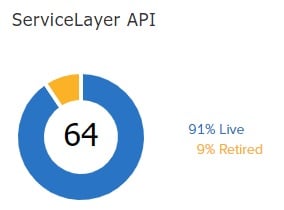
Automating the modeling of their integrations allows Innovation Norway to build a rich overview of its architecture quickly. They understand how their applications are connected and which ones would be affected by changes.
“Earlier, the integration layer was a black box. No one knew what was inside it. We didn't know who to ask if something broke down. Now when we show the integrations to leadership they may not understand them, but they do understand the complexity and the huge amount of work needed to change the components.”
- Jon Loken
After two workshops to figure out how to automatically discover the connections between their applications and push them to Ardoq using the REST API, they had a pilot running and began production just two days later. With everything now up and running, and they have automatically modeled 40% of their architecture.
Learn how Innovation Norway automated the modeling of their integration layer with Ardoq’s REST API in this in-depth article: How Innovation Norway Automatically Updates Their Integration Landscape In Ardoq.
Communicating and Visualizing Technical Debt
Innovation Norway plans to build the overview of their integration components’ technical debt and bridge the gap between business and IT. They’ll classify integration components into “Updated”, “Need to be updated”, and “Must be updated” categories. Next, they will import this new information as fields into Ardoq with the Ardoq REST API.
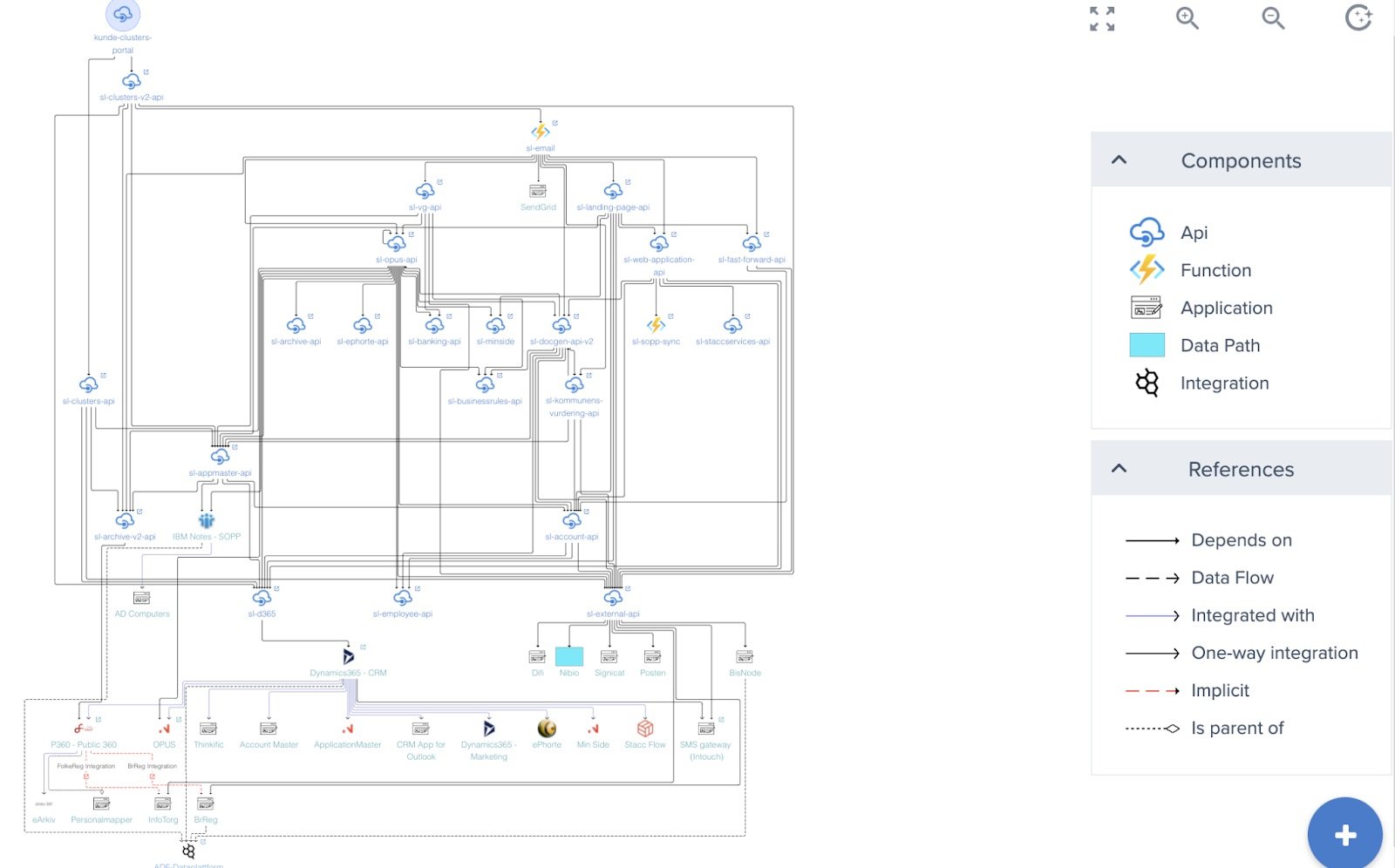
Using Ardoq’s graph technology, leadership can visualize the integration components that need to be updated, understand the size and cost of their technical debt, and why it would take as much time to address it. IT teams at Innovation Norway will have the means to present insights to leadership and guide decision making easily.
“As an example, say I have 50 integration components, and I know that 45 are up-to-date. I know it’s approximately 3 months work to update 5 components (...) and if you wait too long, it costs more.”
- Jon Loken
The New Ownership Protocol Solution
Innovation Norway developed a new ownership protocol assigning ownership of applications to product teams rather than individuals. In this way, even if people in the product team leave the project or the company, the ownership and the responsibility to develop and operate an application stays with the team ensuring consistency, sustainability, cleaner handovers, and better documentation for future changes.
This changes how they model. Now, Innovation Norway models references in Ardoq for people and teams to indicate which applications are assigned to different teams and individuals. Now they are testing using a Gremlin query in Ardoq to identify the right people in a given team that should receive a Broadcasts message.
“Our teams are small, 7 to 11 people, and autonomous. They have the responsibility to make sure ‘their’ application is developed, all of its operations are running, and it’s maintained.”
- Jon Loken
Enjoying the Outcomes
The Value of Automated Data Collection
Using Ardoq’s Rest API, Innovation Norway has automatically captured 40% of its architecture. Automated data collection has enabled them to painlessly maintain an always up-to-date architecture landscape.
Automation helps Innovation Norway model integrations through the Ardoq API and continues to help them keep map connections, saving extra hours of work. They have discovered 97 components between APIs and Functions that are connected.
Innovation Norway has achieved an accurate overview of their architecture and how it is connected, empowering them to solve their black box and technical debt issues. Through transparency, they can now:
- Easily understand the complexity of a project and the impact of change
- Better estimate costs and the time it would take to deliver a project, reduce their technical debt, or implement changes
- Make data-driven decisions
- Free up resources so teams can focus on more impactful projects
- IT teams can now effectively communicate with business leaders, guide decision-making, and get approval for their proposed changes
For more details, read about how Innovation Norway used Ardoq REST API in our article: How Innovation Norway Automatically Updates Their Integration Landscape In Ardoq.
From Black Box to Transparency Between Teams and Projects
Now EA is proving its value to Innovation Norway. With in-depth knowledge of their architecture, they can show the connections in management meetings and guide decision-making using auto-generated visualizations in Ardoq that showcase the impact of change.
Innovation Norway can now automatically discover and show the complex web of connections behind applications, so the ramifications of application changes are clearer to the wider organization. Jon explains, “We have one manager who says, ‘I don’t understand it, but now I can see how big it is, understand the complexity, and know why a project takes so long.’ Now leaders know why it takes time and costs money.” The EA information has been used in top management meetings to show costs and the importance of integration teams.
Now that the black box is transparent, stakeholders can:
- Have access to good current documentation
- See the complexity needed to implement a change or initiative
- Adjust timelines realistically
- Understand why regular updates prevent future expenses
- Show new employees and consultants the complete architecture at a few clicks of a button
- Give stakeholders ownership of their applications and model responsibility
A Better Management of Technical Debt
Once Innovation Norway gets their technical debt into Ardoq, leadership won’t longer need to wonder at the somewhat mysterious approaches of their IT teams to reduce technical debt. Innovation Norway now makes strategic decisions based on EA knowledge. Ardoq’s graph technology makes the information for decisions easy to consume and available when needed.
With Ardoq, IT teams can instantly show leadership the components that need updating and the following impact when making changes to the architecture. This knowledge helps leaders make informed decisions. In addition, they can quickly estimate how much effort and time a task will take. They can also see expenses over time, showing how an easy fix could become complicated and expensive if a change is delayed for too long.
Value of Ownership Protocol
With Innovation Norway’s way of modeling, the components are not connected to one owner but to a product team. When an individual goes on leave or changes jobs, there is no need to change the architecture. This approach makes it easy to maintain.
Now that they’ve accomplished so much with automations, technical debt, and ownership, they are looking at the next challenges to iterate towards. They plan on adding domains and master data from information architects, putting business capabilities in place, and increasing privacy with an overview of data subject roles and processing activities.
Want to see how your organization can use automations and integrations? Book a demo today.
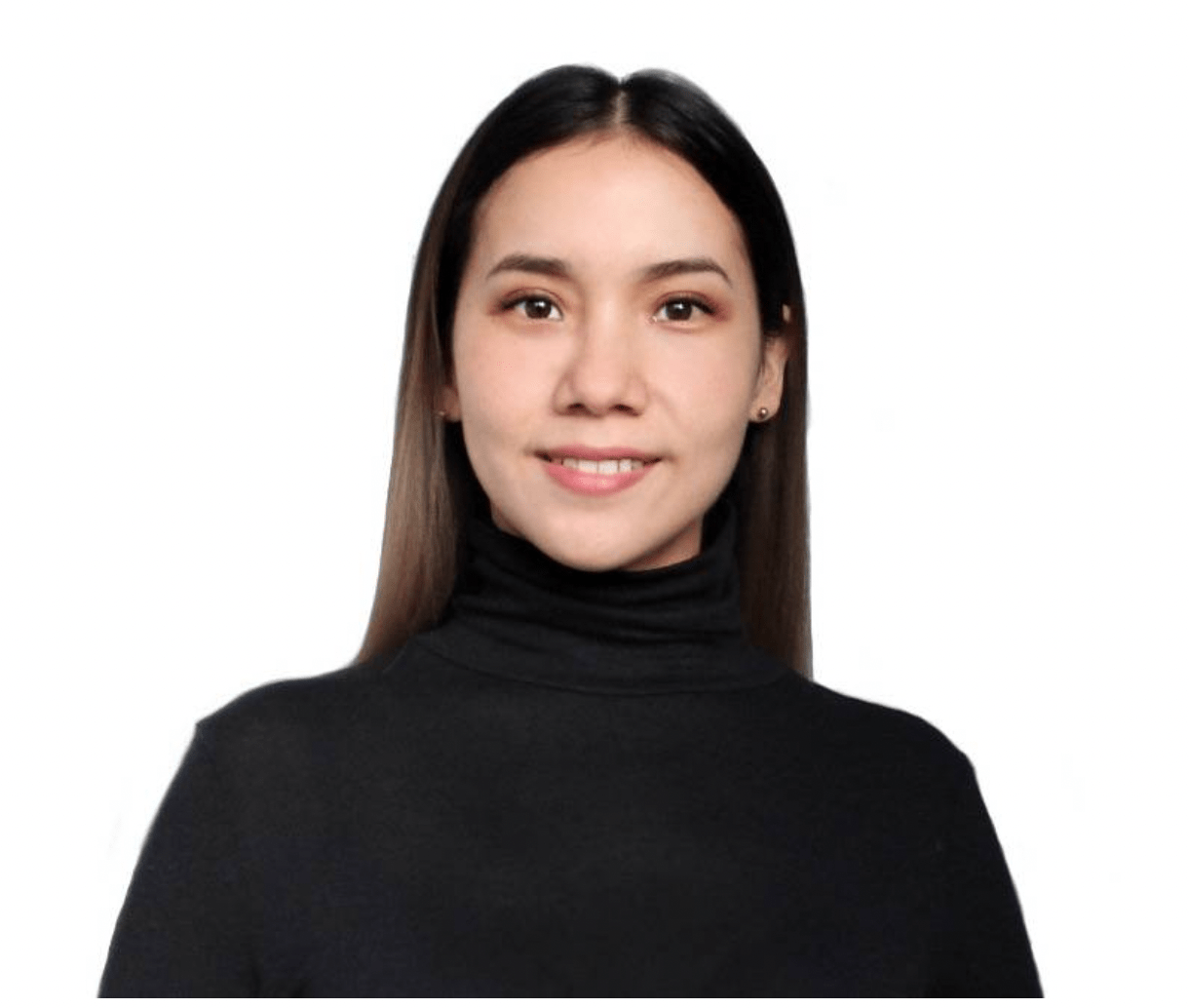 Jacqueline S.
Jacqueline has spent her career in the IT industry building brands and contributing to the development of products that deliver exceptional value to the customer experience. She is a double agent who advocates for both our customers and for Ardoq.
Jacqueline S.
Jacqueline has spent her career in the IT industry building brands and contributing to the development of products that deliver exceptional value to the customer experience. She is a double agent who advocates for both our customers and for Ardoq.



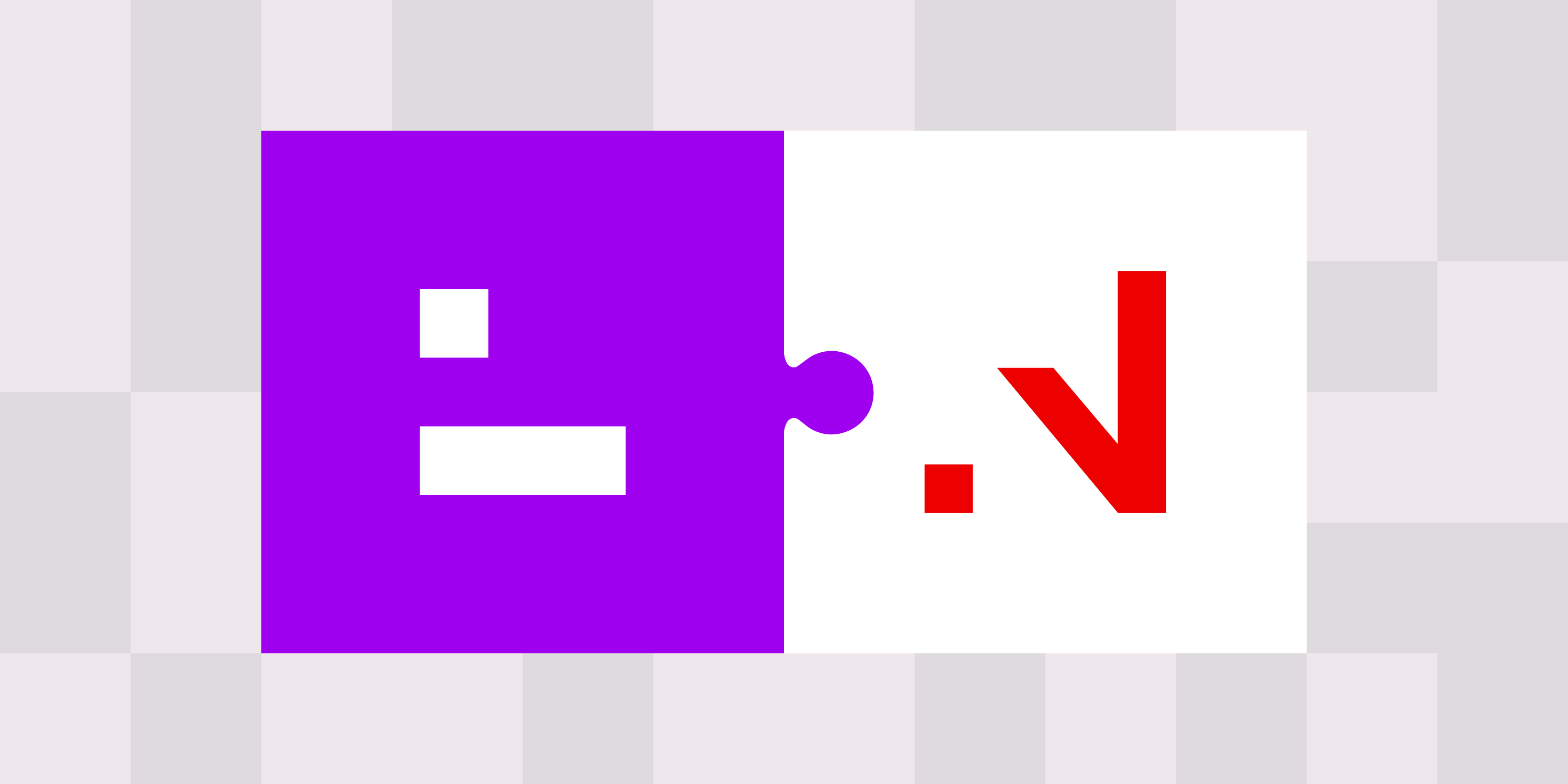
/Logos/Ardoq/RGB_Ardoq_Logo_Stacked_White_Monochrome%201.png?width=80&height=77&name=RGB_Ardoq_Logo_Stacked_White_Monochrome%201.png)

